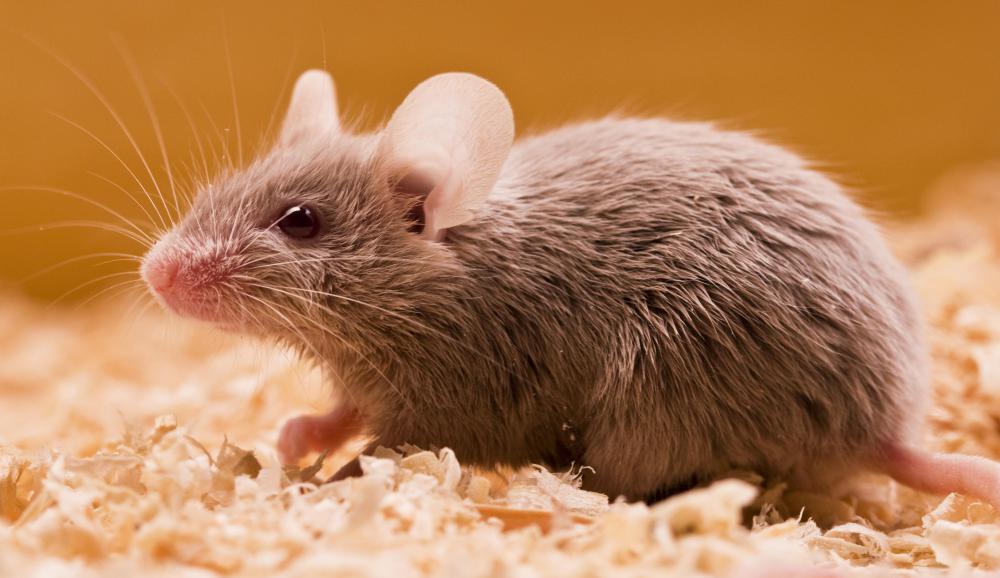At AllThingsNature, we're committed to delivering accurate, trustworthy information. Our expert-authored content is rigorously fact-checked and sourced from credible authorities. Discover how we uphold the highest standards in providing you with reliable knowledge.
What is a Reticulated Python?
The reticulated python, also known by the scientific name Python reticulatus, is a large snake of the Pythonidae family found in Southeast Asia. It is one of the largest snakes overall in the world and it is the longest. This Asiatic snake regularly grows to length of at least 25 feet (7.62 m). The longest ever recorded was 33 feet (10 m) long and weighed more than 400 pounds (226 kg). Although compared to other snakes of similar length, such as the anaconda, it is relatively thin.
The coloration of the reticulated python is unique, forming intricate geometric patterns across its body. Typically the snake is brown, with white, yellow and black coloration creating the complex patterns found on its body. On its face there are typically two black lines that go from its eyes down to the beginning of the body. Variations of these colors are rare. Albino and patternless specimens of the snake are sometimes found as well.

In the wild, the reticulated python is similar to other types of snakes. It prefers to live in and around trees, most often in rain forest areas near rivers and other bodies of water. Like all other snakes, it is a cold-blooded animal and needs warm climates in order to survive. It thrives most in areas where the temperature is between 80 to 92 degrees Fahrenheit (26 to 33 Celsius).

In its natural habitat, its diet is diverse because it will usually try to eat anything it can catch. Small mammals and birds are common prey for the snake, but it has also been known to attack and eat deer, pigs and dogs. There are reports of the snake attacking and feeding on humans, but these are rare and not always confirmed. Typically the snake is only hostile towards humans if its provoked.

Despite its huge size and somewhat dangerous reputation, the reticulated python is a somewhat popular pet among snake enthusiasts. Care for the snake can be difficult. It needs a constant heat source of at least 78-80 degrees Fahrenheit (25 to 26 Celsius), with a basking spot that is even hotter. It also needs plenty of humidity to keep comfortable and healthy. Without enough humidity, a reticulated python will have a difficult time shedding. A humidifier and keeping its enclosure stocked with water-retaining plants like moss can help maintain a high humidity level. While the snake can feed on much larger animals in the wild, in captivity a weekly feeding of a pre-killed mouse or rat is usually sufficient. Assuming all these conditions are met and the snake is not stressed, reticulated pythons can be docile and easy to handle animals.

Special considerations must also be taken into account when trying to care for a snake as large as a reticulated python. While its enclosure doesn't need to be as long as the snake itself, it should be at least half its length. This gives the snake enough room to stretch out and feel comfortable. While it's important for all snake enclosures to be secure so the snake does not escape, this is even more true in the case of large snakes.

In the southern United States, many different types of large snakes, including the reticulated python, have managed to escape in large enough numbers to form sustainable populations in some areas. With no natural predators, the python has caused significant damage as an invasive species in parts of the country, especially the south.
Frequently Asked Questions
What is a Reticulated Python?
A Reticulated Python is a species of python found in Southeast Asia. Known for its intricate pattern of interlocking lines and diamond shapes, it's the world's longest snake, with some individuals reaching lengths of over 20 feet. They are non-venomous constrictors, preying on a variety of animals and are known for their swimming ability.
How long can Reticulated Pythons grow?
Reticulated Pythons are the longest snakes in the world. They can grow to impressive lengths, with the longest recorded individual measuring over 28 feet, according to the Guinness World Records. However, most reticulated pythons encountered are much smaller, typically ranging between 10 to 20 feet in length.
What do Reticulated Pythons eat?
Reticulated Pythons have a varied diet, primarily feeding on small to medium-sized mammals and birds. They are ambush predators, using their camouflaged pattern to surprise prey. Larger pythons have been known to take down animals as large as pigs or deer. They kill by constriction, suffocating their prey before consumption.
Are Reticulated Pythons dangerous to humans?
Reticulated Pythons are generally not considered dangerous to humans due to their reclusive nature. However, they can pose a threat if provoked or if they feel threatened. There have been rare instances of large pythons attacking humans, so caution is advised when encountering them in the wild or keeping them as pets.
Where can you find Reticulated Pythons in the wild?
Reticulated Pythons are native to Southeast Asia, inhabiting a range of environments from rainforests to woodlands and grasslands. They are found in countries such as Indonesia, Malaysia, Myanmar, the Philippines, and parts of Vietnam. They are also excellent swimmers and can be found on islands within their range.
How do Reticulated Pythons reproduce?
Reticulated Pythons are oviparous, meaning they lay eggs. Females can lay anywhere from 15 to 80 eggs per clutch, according to the Smithsonian's National Zoo & Conservation Biology Institute. The female python will coil around the eggs to incubate them, using muscle contractions to generate heat and maintain a stable temperature until they hatch.
AS FEATURED ON:
AS FEATURED ON:















Discuss this Article
Post your comments